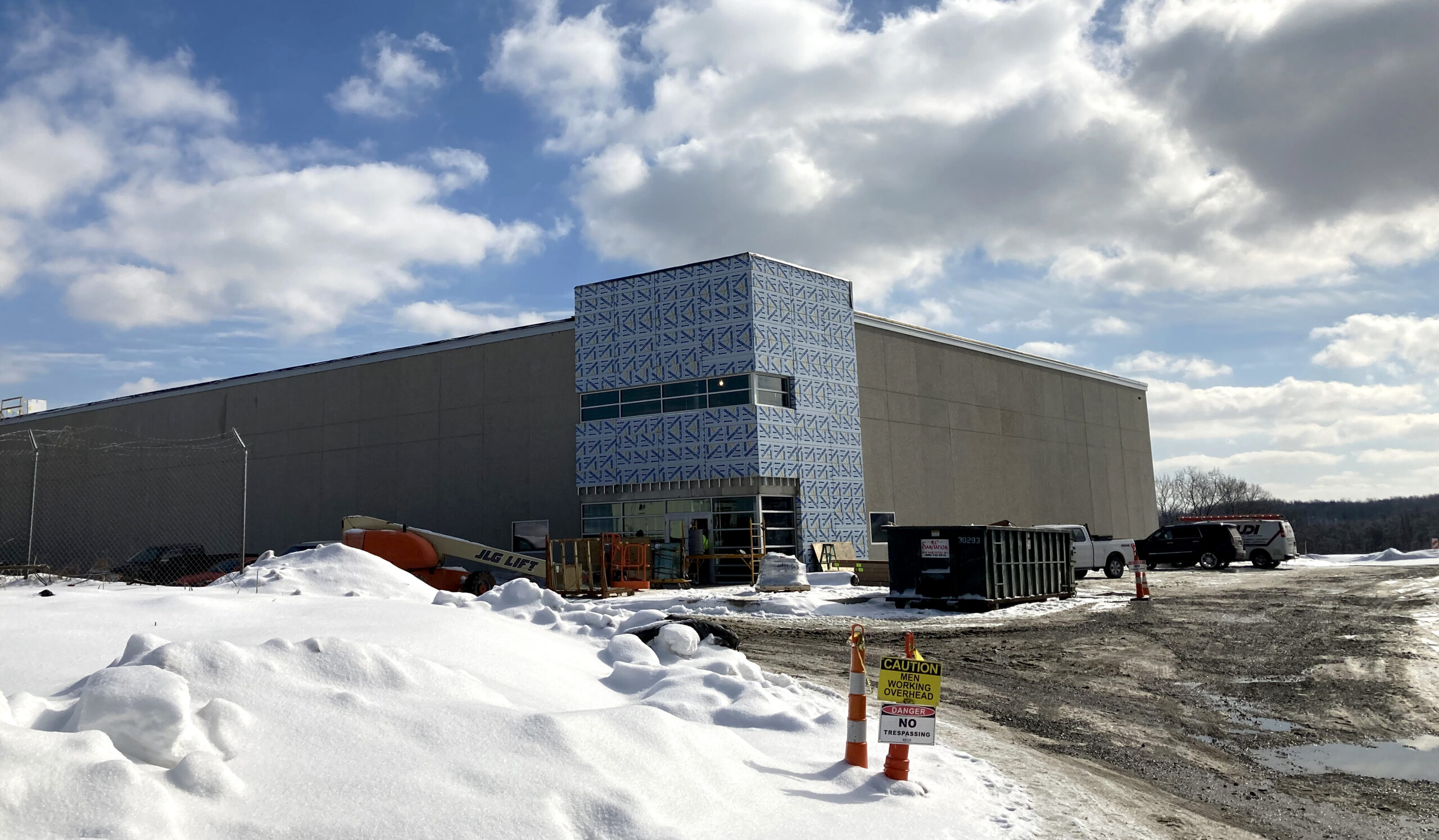Neighborhood 91’s First Manufacturing Tenant Ready to Move In
Wabtec will use airport location to lower costs for additive manufacturing
By Bob Kerlik
Published March 1, 2021
Read Time: 2 mins
Neighborhood 91’s first manufacturing tenant is set to move into its new building this month.
Fortune 500 company Wabtec Corp. is leasing more than 11,000 square feet in the first building of the development at Pittsburgh International Airport focused on additive manufacturing.
The timeline for the move was part of a panel discussion last week held by the Additive Manufacturing Coalition that featured Philip Moslener, Corporate Vice President of Advanced Technologies at Wabtec, U.S. Rep. Conor Lamb, Allegheny County Airport Authority CEO Christina Cassotis and industry expert John Barnes of The Barnes Global Advisors.
Moslener told the panel audience that Neighborhood 91 will allow Wabtec to reduce costs and be more efficient.
“Joining a network of additive-minded companies we can closely collaborate with—we don’t have to send our parts hundreds of miles away to get a process done,” Moslener said. “Having an on-site gas recycling company helps reduce our costs; having a microgrid is really going to help us get cheaper power to run our machines. And having proximity to the airport, where we can ship our parts to other plants [and] to our customers globally.”
Neighborhood 91 is the first development in the world to both condense and connect all components of the additive manufacturing (AM) and 3D printing supply chain into one powerful production ecosystem. The AM process, in which objects are built by continuously adding thin layers of metallic powder atop one another to form shapes specified by digital files, offers advantages for complex applications versus traditional manufacturing, in which raw pieces of material are essentially whittled into the desired result.
Wabtec, a Fortune 500 company that maintains operations on six continents from its Pittsburgh headquarters, is a leading provider of equipment, systems, digital solutions and value-added services for freight and transit rail. In 2019, it reported $8.2 billion in sales. The company was founded by famed inventor George Westinghouse when he assembled his revolutionary air brakes by hand in 1869, using traditional lathes and presses at a small factory in Pittsburgh’s Strip District.
Neighborhood 91 is part of the Pittsburgh Airport Innovation Campus, a 195-acre site developed on the west end of the airport’s 8,800-acre property.
Cassotis told the panel audience the idea of an additive manufacturing cluster at the airport is about leveraging the Pittsburgh region’s strengths.
“Instead of just looking at the campus from an aviation lens, we look at it from an economic development lens,” she said. “How can we, at the airport, put all of the community’s resources to work and how can we put them on display for the world to see? How do we best serve and reflect this community we sit in?”
The answer: a cluster strategy on airport real estate focused on manufacturing, part of the region’s legacy.
Just as neighbors borrow tools from each other, companies in Neighborhood 91 will share infrastructural efficiencies, including storage for powder materials, such as stainless steel and aluminum. Wabtec and Arencibia, a company that produces noble gases, including new and recycled argon, a key element used in additive manufacturing, are the two publicly announced companies that will be part of the development.
With several other companies in various stages of agreement on 45,000 square feet of production space, Neighborhood 91 already has assembled the additive manufacturing supply chain—powder storage, post-production and more—in the middle of a pandemic, no less.
Watch
This Next
Read
This Next






